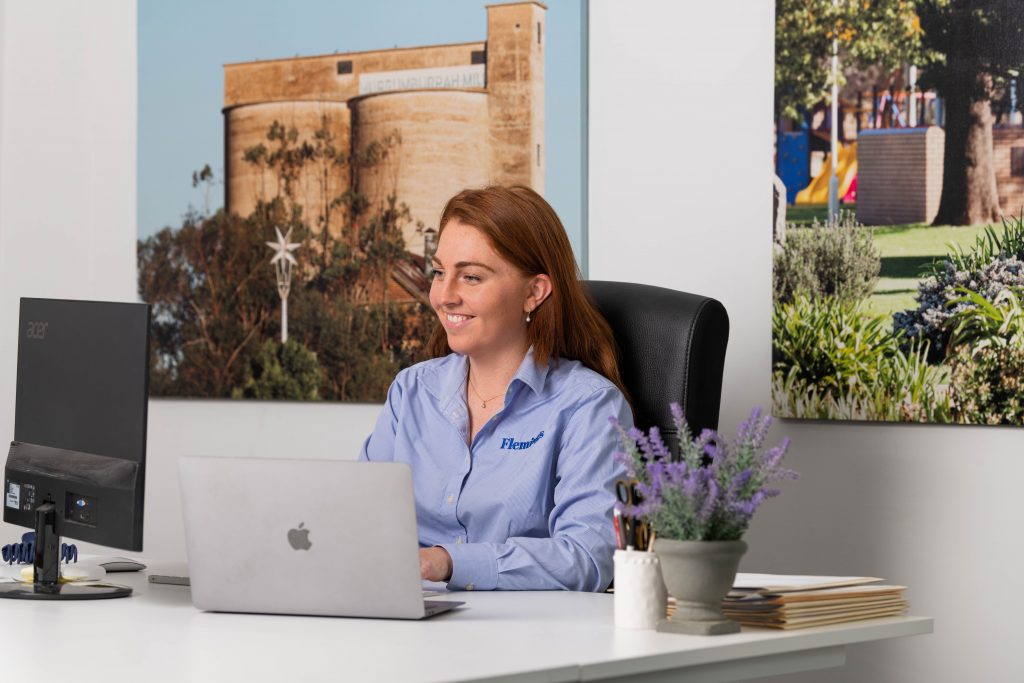Prepared by Annastasia Kenny, Flemings Property Services.

Landlord insurance is an important form of protection for property owners in Australia. It helps to safeguard the financial interests of landlords by covering damages to their property and losses from rental income.
When most people think of insurance, they think of Building and Contents Insurance.
However, it is important to note that Landlord Insurance is separate to other, more common types of insurance.
Building and contents insurance covers the physical structure of the property, as well as any personal belongings, while landlord insurance covers the loss of rental income, as well as other potential issues such as tenant damage and malicious damage.
- Building insurance, which covers damages to the physical structure of the property, such as fire and natural disasters.
- Contents insurance, which covers damages to any fixtures or fittings or personal property that is in the property such as furniture, appliances, floor coverings and window furnishings.
- Landlord insurance, specifically insures a landlord’s investment property and provides cover for loss of rent or for repairs to damage at the property as a result of the tenants actions.
Different insurance companies have varying definitions for tenant damage and it is important that you review your insurance policy to determine if you are covered for any scenario.

The two main areas of contention are what is deemed ‘normal’ damage and what is deemed ‘malicious’ damage.
Tenant damage refers to any damage caused by the tenant or their guests to the property, while malicious damage refers to intentional or deliberate damage caused by the tenant or guests.
It is crucial for landlords to understand the distinctions between these types of damage in order to properly protect their property and income.
Examples of tenant damage include, but not limited to:
- Scuff marks on walls or doors from moving furniture
- Stained carpets or flooring
- Broken windows or screens caused by negligence or lack of care
- Damage to appliances or fixtures caused by misuse
Examples of malicious damage include, but not limited to:
- Intentionally breaking windows or doors
- Deliberately starting a fire
- Vandalising the property by graffiti or other means
- Intentionally causing damage to appliances or fixtures
If you are interested in obtaining landlord insurance, contact one of our experienced Flemings Property Managers, otherwise there are a few steps you can take to get started:
- Research different insurance providers; look for insurance companies that offer landlord insurance policies and compare the coverage options and prices.
- Review your coverage needs: Consider what types of coverage are important to you, such as building insurance, contents insurance, loss of rental income insurance, and liability insurance.
- Gather quotes: Contact different insurance providers and request quotes for the coverage options you are interested in.
- Review the policy terms and conditions: Carefully read through the policy terms and conditions to ensure that you understand the coverage and any exclusions.
- Purchase the policy: Once you have selected the policy that best meets your needs, you can purchase the policy via the insurance provider.
- Review and update your policy annually: Review your policy annually and update it as needed to ensure that you continue to have adequate coverage for your property.
Always consider the financial stability and reputation of the insurance provider, read the policy details and exclusion to make sure the policy fits your needs.
Contact your local Flemings branch for more information.
